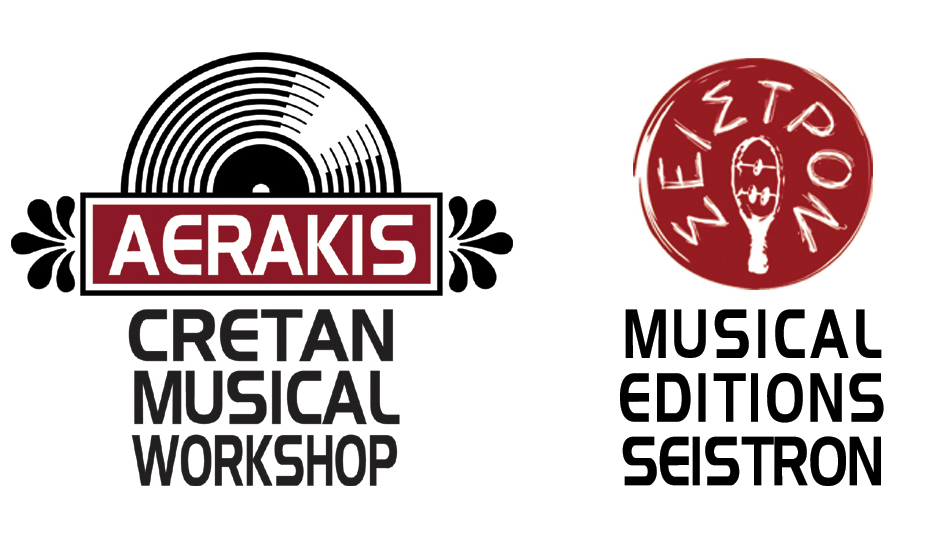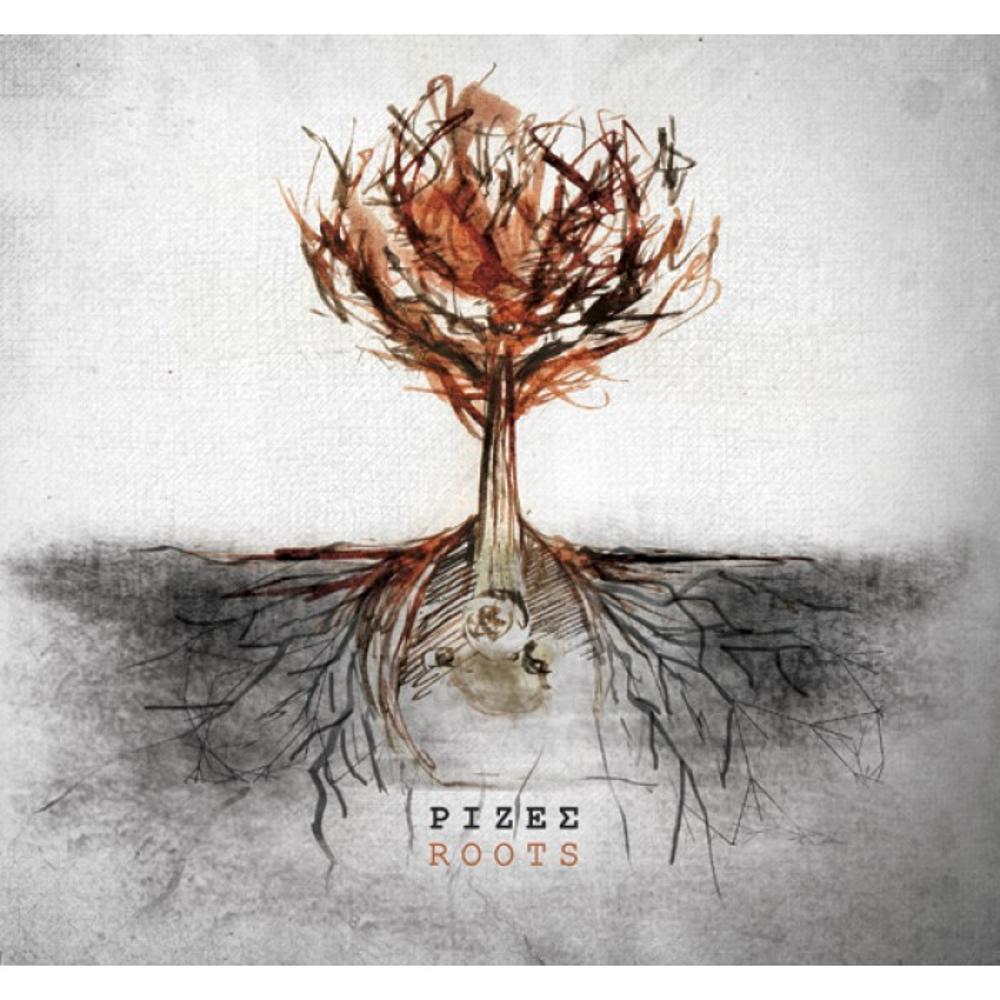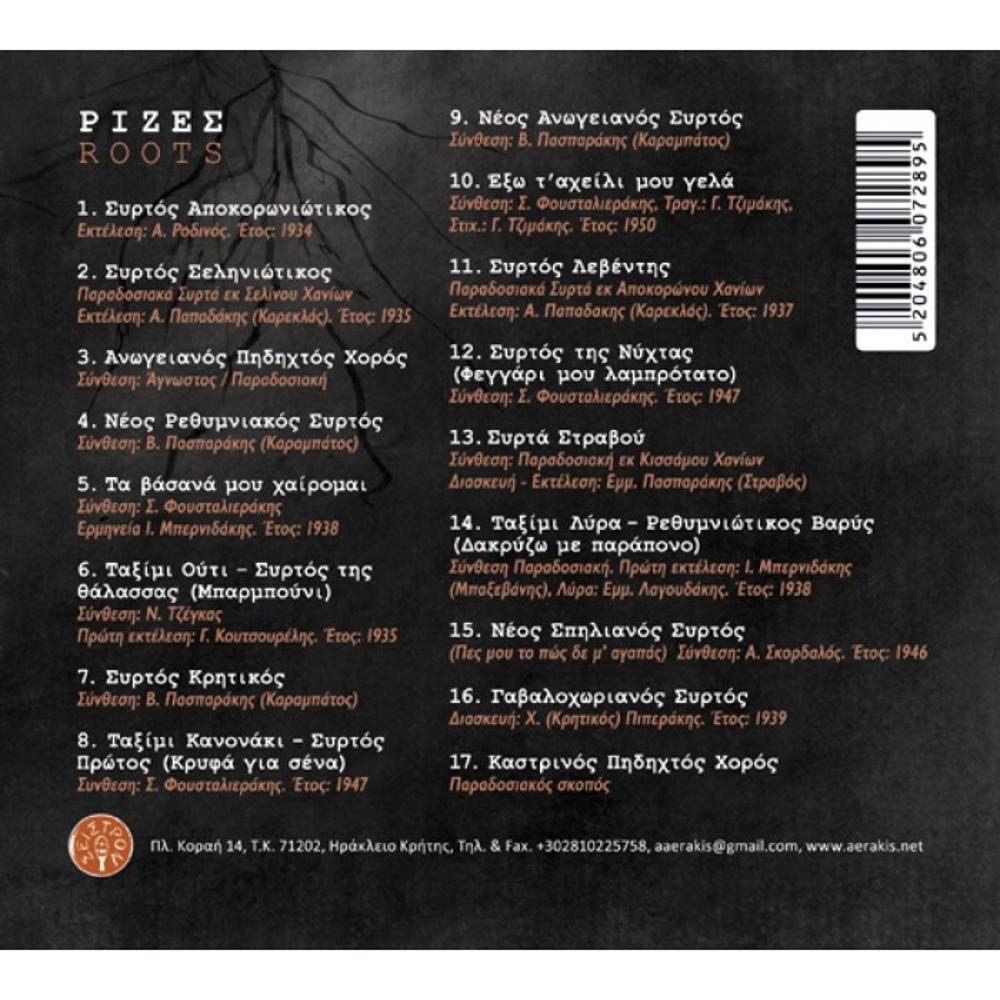It all started two years ago when four local musicians with backgrounds and knowledge of two different musical Greek lore encountered. What brought them together and finally managed to speak with the production of their first album were concerns them about issues of identity, alienation of Greek traditional sound, startup creation processes and regeneration of delivery within the city limits, but also the vision to experiment musically, crossing the Cretan folk tradition with the Asia Minor tradition, emphasizing the tropical performance pieces that has its roots in the octave scales of Byzantine music, whose body is the Anatolian music.
A musical exchange that is longer by choice and their own will, to be tied with the city they live and its people, and not an exchange which became mandatory << >> and violent, but violent was the uprooting of the fatherland in 1922 , where Asia Minor brings songs and dances in continental and insular Greece and take its own , as Foivos Anoyianakis says.
Vasilis Pasparakis – a known virtuoso lyra player from Anogeia- listening to authentic performances of the first period of the discography of the country (1900-1930) , fascinated by the Smyrni singing and playing Cretan musicians and motivated to learn , coming closer to the other half of descent , the Asia Minor . At the same time, he was wondering how he could afford such a timbre in Cretan songs that he already was playing.
Minas Paigniotakis who was one of the people who established the last decades traditional percussion in Cretan music , shared his concerns with Vasilis Pasparakis for this music junction and vision for experimentation.
He becomes the link for Vasilis and the remaining band, the chanter of Byzantine Music Chaniotakis Michael and his friend and colleague for years, outi player Stelios Kasapakis. The communication, warmth and mutual respect was born emotions effortlessly, automatically and does not take long to tie the group and start working. They work together as a teacher with student, with these roles often interchangeable, and each time the teacher doesn’t “keeps art secrets” for him, but shared them.
From the outset it became clear the view of Michael Chaniotaki that shares the idea , and what they would like to prioritize the shape would be editing the Cretan songs in a way to negotiate with emphasis on the sense of tropical (modal) structure and the physical scale as he taught the sounds of Byzantine music.
It is deeply believed all that knowledge will help to exacerbate the traditional acoustic sensitivity whilst attributed more accurately the sound morals , the feeling of time Cretan folk creator but rather to help each musician of shape to perform purely individual and collective mental mood.
After 1922 and because of the gramophone and radio that first penetrates the cities and then the villages of the light music of the West. Folk musicians and singers of course still play at festivals and weddings but in the cities where they live, continually receiving , day and night , the effect of light western music . Gradually,blunted their auditory sensitivity resulting in singing and playing the tempered scale and the instrumental accompaniment begins to follow the technique of western harmony.
In this new recordings presented Adapted fourteen classic songs of Cretan folklore (dance and sitting purposes , instrumental pieces , interesting free improvisations ) and three new compositions.
During the recording , there was an attempt of producing an almost handmade sound , of course -not by any unlikely tend to mimic the atmosphere of authentic executions - only for the sake of the purest representation of the modality of the tracks.
Modern recordings industry, unfortunately, unless of course its advantages, has contributed much to the standardization and homogenization of audio delivery. In order supposedly to improve the sound that stylizes traditional melody in the recording studio so slowly manipulated the public and led to ignorance and loss of identity. The sound they believed the old musicians, improves with the continuous work-up, was “eaten” by the musician himself with his instrument, well to confess voices.
The instruments defined shape to the goals of this music attempts.Musicology , is a particular interest that the orchestration sound produced by the combination of the lyra with the kanonaki , accompanied by oud and lute instead of using many percussion.The dilator style and the festive character of the dance ends , aptly attributed to the lyre and the kanonaki , the latter provides , in particular with the oud , the passive and sweet character sedentary goals and improvisations
Kanun , when is in the role of solist to offer high tones sound surprising , when in an accompanying role . Sometimes observed and the lyre offer accompanying, which is unusual . It is also a small attempt harmonic DIFONO between the cannon and the cretan lyra .
The entourage oud not awakens passions instead hold them wisely to keep the balance . With warmth and passion, emphasizes modesty and magnificence of tracks and brings the voice and instruments that are played alone. With the variety of rhythmic conductors in this new recordings, elsewhere less elsewhere faster execution of movements of music tracks , not homogenized listening to this CD and therefore does not tire the listener. Instead , the listener enjoys a naturalness in the stream of music. In some syrtos dancing is tried to complete a couplet at 64 meters and for this purpose you just added from the first original recording was some musical bridges that serve this purpose and at the same time give a new touch to Cretan music after having synthetic character.
While, very important is the fact that percussion emphasize the points that the musical phrase points to a better understanding of the listener . Not a single percussion is used despite two and three.In improvisations ( taximia ) made by the institutions and are of interest for the Cretan music , we observe that there are arbitrary and uncontrolled imagination , but as required by the fixed rules of traditional music , that while there is essentially time , based on attachments tetra chords and transferred smoothly from the base to the sounds that dominate endings etc Playing the instruments, is clearly tied develops dialogue between music and everyone develops his personal art without a moment cease to act in the name of the community << >> of origin . Overall, emitted expressive power. Given the listener a sense of dance and stimulating sales at many points in this job. Sometimes combined with the simple majestic , and the sweetness with modesty . Elsewhere the listener is left freer to express the passions of his soul lest tame wild beasts hiding inside.M. . Chaniotakis in vocals , and in his own way worthy of the family tradition bearing , manages to deliver spaces , drafts and interstices , exemplary and worthy to standard recordings. His voice expresses an authentic passion. On the other side, cretan lyra gives lots of as we have not used with Vasilis Pasparakis to deliver sounds by dragging the finger in the smaller interstices tone . So the semitone ceases to exist and dominate minor and few tons On the other hand , testing the sound from various lyras and selects the appropriate depending on the interpretation of each song . Lively, imposing Doric playing the war and wisdom . Explosiveness and passion that pours without contractions . His playing reveals inwardness and dynamism.
The highest bid of this new sonographically is to promote Hellenism diverse elements and the enhancement of historic memory. Tone and mood of joy and uplift that is not borne by the listener but pulls him acquainted with the forgotten these elements of traditional music. However, arising and innovations of this music crosses are of interest for the listener and musicology in Cretan tradition and Asia Minor . The normal flow of the delivery is from the villages (primary production sites and distribution of traditional song ) to cities and not vice versa. This should be the source for those days also. Traditional musicians living in cities must maintain their relationship with their place of origin and to initiate parallel creation processes in cities. Be tied to the place where they live and its people.
The "ROOTS" are the musicians:
Cretan Lyra: VASILIS PASPARAKIS
Kanun, vocals: MICHAEL CHANIOTAKIS
Oud: STELIOS KASAPAKIS
Percussions: MINAS PAIGNIOTAKIS
Music contributions:
Recording / Sound Mixing: Michael Haniotakis, Mastering: Michael Mavrakis
Photography: Dennis Nikitopoulos
Grephic Design: Margarita Kondylaki
Production: Michael Haniotakis
Exclusive rights: Aerakis - Cretan Musical Workshop & Seistron © 2016, Pl. Korai 14 PC 71202, Heraklion Crete Tel. & Fax. +302810225758, aaerakis@gmail.com, www.aerakis.net
Special thanks for their valuable assistance in Michael Mavrakis, Paul Goodman, Andreas Aerakis
Writing text: Athena Xylouris Editing: Antigoni Chaniotaki
Contents:
1. Syrtos Apokoroniotikos
Execution: Andreas Rodinos. Year: 1934
2. Syrtos Seliniotikos
Traditional syrta of Selino Chania
Execution: Antonios Papadakis (Kareklas). Year: 1935
3. Anogianos pidichtos dance
Composition: Traditional
4. New Rethymniakos Syrtos
Composition: Vasilis Pasparakis (Karabatos)
5. Ta vasana mou heromai
Composition: Stylianos Foustalierakis
Interpretation: Bernidaki Yiannis. Year: 1938
6. Taximi Oud - Syrtos of sea (Barbouni)
Composition: Nicholas Tzegas
First recorded: George Koutsourelis. Year: 1935
7. Syrtos Kritikos
Composition: Vasilis Pasparakis (Karabatos)
8. Taximi Kanun - Protos syrtos (Kryfa gia sena)
Composition: Stylianos Foustalierakis. Year: 1947
9. New Anogianos Syrtos
Composition: Vasilis Pasparakis (Karabatos)
10. Exo t'aheili mou gela
Composition: Stylianos Foustalierakis, sings: Giorgos Tzimakis,
Lyrics: Giorgos Tzimakis Year: 1950
11. Syrtos Leventis
Traditional syrto from Apokoronas
Composition: Antonios Papadakis (Kareklas). Year: 1937
12. Syrtos Night - Feggari mou labrotato
Composition: Stylianos Foustalierakis. Year: 1947
13. Syrta Stravou
Composition: Traditional Chania from Kissamos
Adaptation - Execution: Emmanuel Pasparakis (Stravos)
14. Taximi Lyra - Varis Rethemniotikos
Traditional composition.
First recorded: Yannis Bernidakis (Baxevanis)
Lyre: Emmanuel Lagoudakis (Lagos). Year: 1938
15. Neos Spilianos syrtos
Composition: Athanasios Skordalos. Year: 1946
16. Gavalochorianos syrtos
Adaptation: Charilaos Piperakis (Cretan). Year: 1939
17. Kastrinos Dance
traditional




